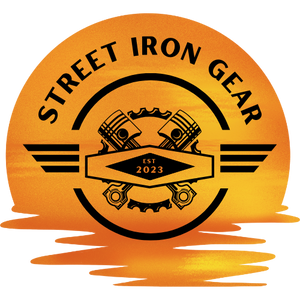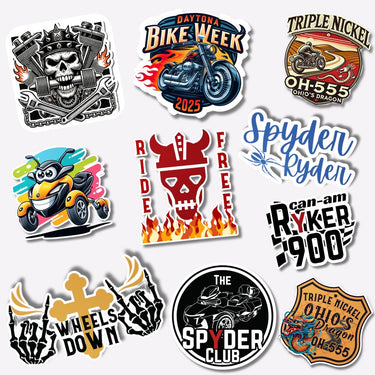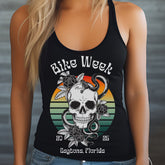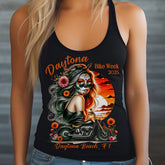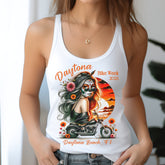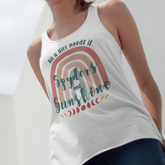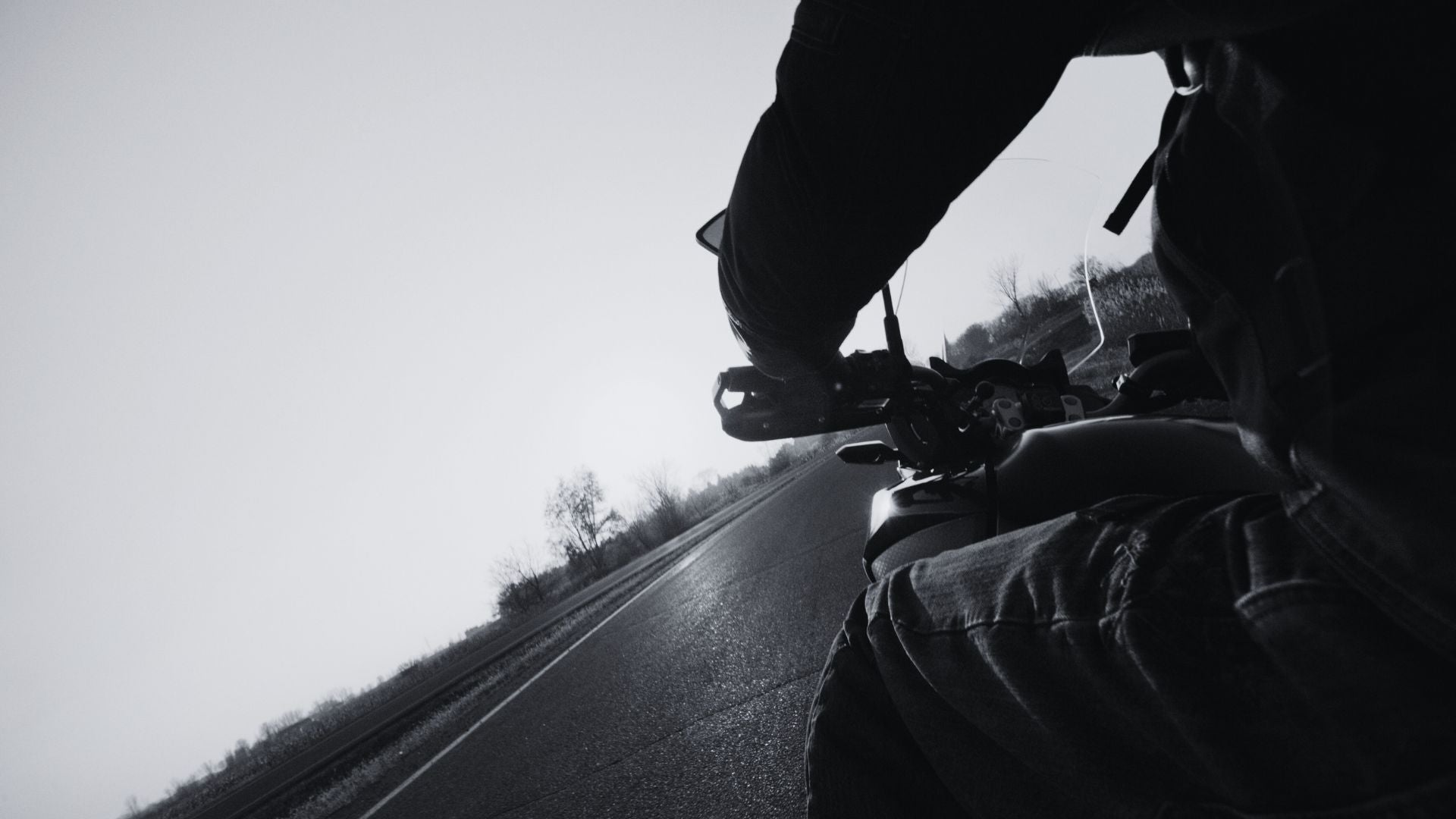There’s something beautifully defiant about throwing your leg over a motorcycle seat after age 50. Whether you’ve been riding for decades or are just now entertaining the idea, the truth is—riding doesn’t have an expiration date. In fact, in many ways, it gets better. There’s a unique freedom that comes with age, a no-BS filter that says, “I’m doing this for me.” For a lot of us, it’s about rediscovering that sense of presence that life responsibilities tend to steamroll.
I didn’t start riding until I was 35, juggling a full-time job, raising triplet boys mostly on my own, and going back to college for six years (yes, six...don’t ask). It wasn’t a midlife crisis. It was therapy with handlebars. Over the years, I moved from a cruiser to an adventure bike, and now—because of the hilly, twisty roads around my rural Southeast Ohio home—I’m putting serious miles on a three-wheeled Can-Am Spyder RT. Honestly, it’s the most I’ve ridden in years. And the most fun.
So, if you’re past 50 and considering two—or three—wheels, let’s talk about what you need to know.
Reframing the Narrative: It’s Not About Age, It’s About Ability
Why 50 Is Just the Beginning for Many Riders
Let’s be clear—50 isn’t old. It’s seasoned. It’s strategic. It’s the perfect age to know what you want and, frankly, stop caring what anyone thinks about it. If your body still cooperates (and there are plenty of ways to help it along), then riding is not only possible—it might just be exactly what you need.
You’re not alone, either. The Motorcycle Industry Council (MIC) reports that more than a third of U.S. motorcycle riders are over the age of 50. We’re talking about people who grew up watching Evel Knievel, playing in the dirt on minibikes, and now have the means to invest in a machine that makes their soul sing.
Choosing the Right Bike for the Over-50 Rider
Consider Weight, Center of Gravity, and Comfort
At this stage in life, your back will let you know if you’ve made a bad choice. You don’t need the biggest engine or the loudest pipes (though no judgment if you still want both). You need something that fits your body and your riding goals.
If balance and maneuverability are a concern, a Can-Am Spyder or Ryker is a great option. These three-wheelers are easier on the knees, reduce the mental fatigue of constantly managing lean angles on twisty terrain, and still deliver that wind-in-your-face rush. For me, moving to the Spyder RT let me enjoy rides through the Appalachians again without second-guessing every curve.
If you’re sticking with two wheels, the Honda NC750X DCT is an excellent choice. It’s lightweight, has automatic shifting (no clutch to wrestle with), and still has the sleek feel of a sport-touring bike. It's often praised for being both beginner-friendly and enjoyable for experienced riders looking for a stress-free option.
Comfort is King: Gear That Works with Your Body
Invest in Ergonomics and Protection
As we age, our tolerance for discomfort plummets—right alongside our cartilage. Gone are the days of toughing it out on a stiff saddle with a backpack full of granola bars. Now, it’s about touring seats with lumbar support, throttle locks, and heated grips—and I’ll die on that hill.
The Airhawk Comfort Seat Cushion is a game-changer if your tailbone has started writing angry letters to your brain mid-ride. It uses air cells to reduce pressure and allows you to ride longer without regretting it for three days afterward.
Also, don’t overlook a good modular helmet like the HJC i90, which makes it easy to flip up the front and communicate at gas stations without the full Darth Vader removal routine.
Adapting to Changing Roads—And Changing Bodies
Know Your Limits and Ride Smarter
There’s no shame in recalibrating how you ride. Maybe you don’t do 400-mile days anymore—and that’s fine. A great ride isn’t measured in distance. It’s measured in how often you smiled inside your helmet.
If arthritis is creeping into your joints, handlebar risers and foot peg extenders can make a big difference. And if you’ve got a knee that crunches every time you bend it past 45 degrees (I see you, 1989 dirt bike crash survivors), a 3-wheel option like the Spyder RT can restore that freedom you’ve been missing.
Personally, I’ve found that I enjoy riding now more than I did in my 30s. Maybe it’s because I’m not trying to prove anything. Or maybe it’s because there’s less urgency and more clarity. Riding at this age helps me stay present, grounded, and deeply connected to the world around me.
Day Tripping, Not Drag Racing
Planning the Perfect Ride for the Over-50 Lifestyle
Most of us aren’t out here entering track days or cross-country cannonballs. We’re weekend warriors, day-trippers, and roadside diner connoisseurs. And that’s okay. Whether you're rolling through Ohio’s Hocking Hills, the Smoky Mountains, or just exploring the backroads around your hometown, the ride is what you make of it.
Invest in some good route-planning tools. REVER and Scenic apps are great for plotting scenic routes with plenty of stop options. Add a Bluetooth headset so you can communicate with your riding partner—or listen to 80s rock while you cruise.
Oh, and if you haven’t yet, treat yourself to a phone mount with vibration dampening. The Quad Lock Motorcycle Vibration Dampener Kit is solid and protects your phone’s camera from those subtle engine shimmies that can blur your photos and videos permanently.
Mental Health and the Power of the Ride
Why Riding After 50 Might Be the Best Therapy Yet
Let’s not ignore the mental and emotional part of this. Life can be loud, chaotic, and heavy. Riding gives you a front-row seat to the present moment. You can’t stress about your taxes or adult kids’ choices when you’re leaned into a corner or watching fog lift off a mountain pass.
Riding has helped me handle grief, burnout, and stress in ways therapy sometimes couldn’t. There’s just something about the road humming beneath you that quiets the noise inside.
For anyone over 50 feeling stuck or restless, getting back in the saddle—or trying it for the first time—can offer more than freedom. It can offer healing.
You’re Not Too Old—You’re Just Getting Started
There’s a myth that motorcycles are a young person’s game. But take a look around the next time you’re at a rally or meetup. You’ll see gray beards, ponytails, and smile lines behind every face shield.
You don’t have to ride hard or fast to be a “real” rider. You just have to ride.
If you're thinking about getting back on two wheels, or maybe switching to three—do it. Don't wait until your knees scream louder than your heart. There’s a bike out there that fits your life right now. And there’s a road out there waiting for you to ride it.
